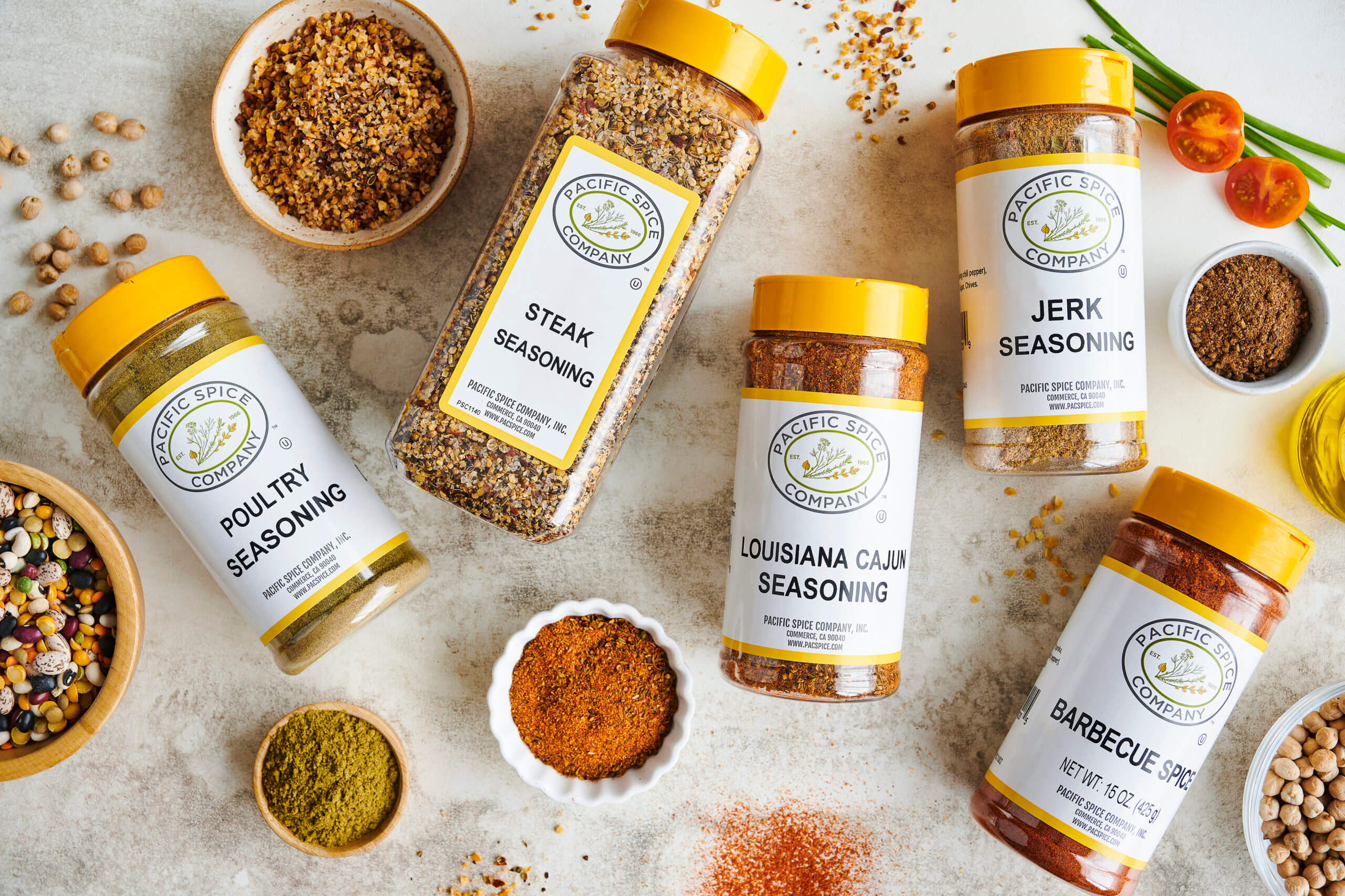Meat alternatives are nothing new. For years, black bean burgers and tofu tacos reigned as popular menu items for vegetarians. But there’s been a rapid expansion of this market in recent years and one thing has become clear:
The demand for meat-alternatives is growing.
What are Meat Alternatives?
There are a wide range of meat alternatives on the market today and each appeals to a slightly different demographic.
The two ends of the spectrum range from meat alternatives and protein sources like lentils, chickpeas, and tofu that taste nothing like meat, to processed meat alternatives like the Beyond Meat products and Chik’n that are hard to distinguish from meat, and everything in between. The market for meat alternatives has grown to appeal to vegetarians and meat eaters alike.
Who Eats Meat-Alternatives?
According to recent research, younger consumers are more likely than older generations to opt for vegetarian options; citing health, animal welfare, and sustainability as key motivators.
Marked by the 2019 introduction of the Impossible Burger to Burger King, meat-alternatives that taste like meat are becoming mainstream. Products like these attract a crossover demographic of meat eaters and vegetarians alike, offering a meat alternative that doesn’t sacrifice flavor.
As popularity for meat-alternatives grows, so does the standard for flavor and texture, especially among foods that are formulated to mimic meat.
Benefits of Offering Meat-Alternatives
Offering meat alternatives opens you up to new customer demographics:
- Vegans and vegetarians who are seeking meat-free food options.
- Meat eaters who are open to reducing their meat consumption in exchange for plant-based alternatives that fit their criteria for taste and texture.
Because this market is still relatively new, companies have a number of opportunities to stay competitive; from product development and brand exposure to offering meat eaters and vegetarians a new experience.
5 Popular Meat Substitutes
Jackfruit
A fruit in the fig family that has the texture and consistency of shredded meat. Jackfruit is highly versatile because it has a neutral taste and easily absorbs added flavors and spices.
Uses:
- Pulled Jackfruit Sandwich
- Jackfruit Carnitas Tacos
- Jackfruit Philly Cheesesteak
Substitutes:
- Pulled Pork
- Shredded Chicken
Seitan
Made of wheat gluten, it is sold shredded, stripped, or ground. Seitan has a meat-like texture and a neutral, earthy flavor that easily absorbs flavor.
Please note that this is not a good meat substitute for people with gluten sensitivities.
Uses:
- BBQ Seitan Kabobs
- Seitan Curry
- Seitan Fajitas
Substitutes:
- Ground Beef
- Steak
- Pork
- Pot Roast
- Ribs
Tofu
Tofu is made of soybeans and has a neutral flavor. It can be purchased by density: Extra firm, firm, and soft. Although tofu doesn’t inherently have the texture and consistency of meat, it can be pressed (to release water) and grilled to resemble chicken. Tofu is also frequently used as a plant-based egg substitute.
Uses:
- Tofu Tacos
- Tofu Drunken Noodles
- Tofu Stir Fry
Substitutes:
- Chicken
- Fish
Tempeh
Made from fermented soy beans mixed with grains and beans, tempeh has a dense, wholesome texture and neutral, slightly nutty flavor. Tempeh, like tofu, doesn’t have the texture and consistency of meat, but it is often used as a meat alternative for its hearty, protein-rich quality, and its ability to absorb flavor.
Uses:
- Vegetarian Tempeh Meatloaf
- Tempeh Teriyaki
- Tempeh Buddha Bowl
Substitutes:
- Fish
- Ground Beef
- Bacon
Legumes
This category includes chickpeas, black beans, and lentils which are often used as plant sources of protein in lieu of meat. Legumes are an easy addition to common dishes, easily absorb accompanying flavors, and are a common choice for plant-based burger recipes.
Uses:
- Lentil Bolognese
- Chickpea Veggie Burgers
- Falafel
Substitutes:
- Ground Beef
Must-Have Spices For Flavoring Meat Substitutes

Notice that our list of popular meat substitutes contain foods that have little to no flavor on their own yet absorb flavor easily. Making these products taste like meat requires the right combination of spices and flavors.
Thankfully, spices are inherently vegetarian, so you can use the same spices on meat-free dishes as you do on meat dishes to get the flavor your crave
Below, we’ve shared some tips for using spices to make plant-based meat-alternatives taste like the real thing.
Beef Flavor
Our PSC Hamburger Seasoning and our PSC Steak Rub add a classic beef flavor to any dish. These seasonings are great for flavoring recipes such as tempeh meatloaf, and seitan or chickpea hamburgers.
To make your own spice blend: Start with a base mixture of salt, pepper, brown sugar, onion, garlic, cumin, and cayenne pepper.
Other great flavoring agents for beef-alternative dishes are:
- Vegan Worcestershire sauce – Adds that signature umami flavor.
- PSC Beetroot Powder – Adds a subtle sweetness and a meat-like pink color.
Chorizo Flavor
One of the most popular ways to prepare pork is by making chorizo. With our PSC Chorizo Blend, you can add chorizo flavor to anything. We recommend replacing pork with jackfruit for a plant-based alternative with a similar taste and texture.
To make your own spice blend: Start with a base mixture of salt, pepper, garlic, onion, cinnamon, clove, ancho chili powder, and coriander.
Chicken Flavor
Our PSC Poultry Seasoning blend is as delicious on chicken as it is on plant-based alternatives like tofu and jackfruit. Another great way to use poultry seasoning is to add it to vegetable broth for a flavorful, vegetarian-friendly ramen or pho.
To make your own spice blend: Start with a base mixture of rosemary, black pepper, and sage.
Cajun Seafood Flavor
A little tangy and a little spicy, cajun seasoning is a great way to bring the taste of the ocean to your table. We recommend adding our PSC Cajun Seasoning to tofu tacos, kabobs, or grilled tempeh.
To make your own spice blend: Start with a base mixture of salt, paprika, garlic, thyme, onion, cayenne pepper, and italian herbs.
Meat-Free Recipes
Over the past year, we have featured several meat-free recipes on our blog page. If you’re looking for inspiration, we hope you’ll explore these recipes and let us know what you think.
While this is by no means a comprehensive list of meat-alternatives (or the spices that flavor them) we hope that it makes the meat-free trend feel more accessible as the market for plant-based options grows.
If you’d like to expand your menu to include meat-alternatives, we would love to talk to you about your needs and offer our spice recommendations to help you achieve your desired flavors.

